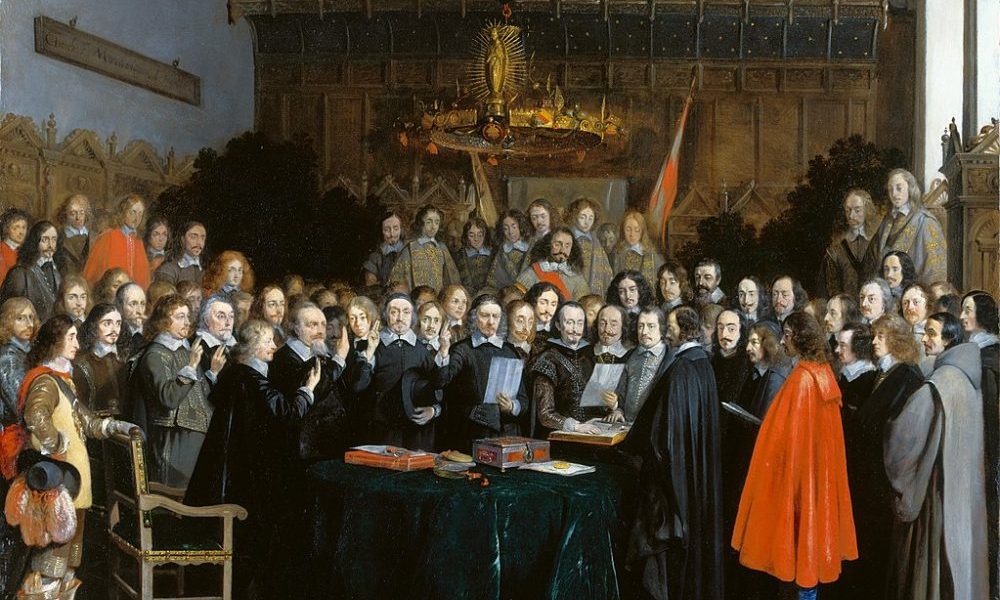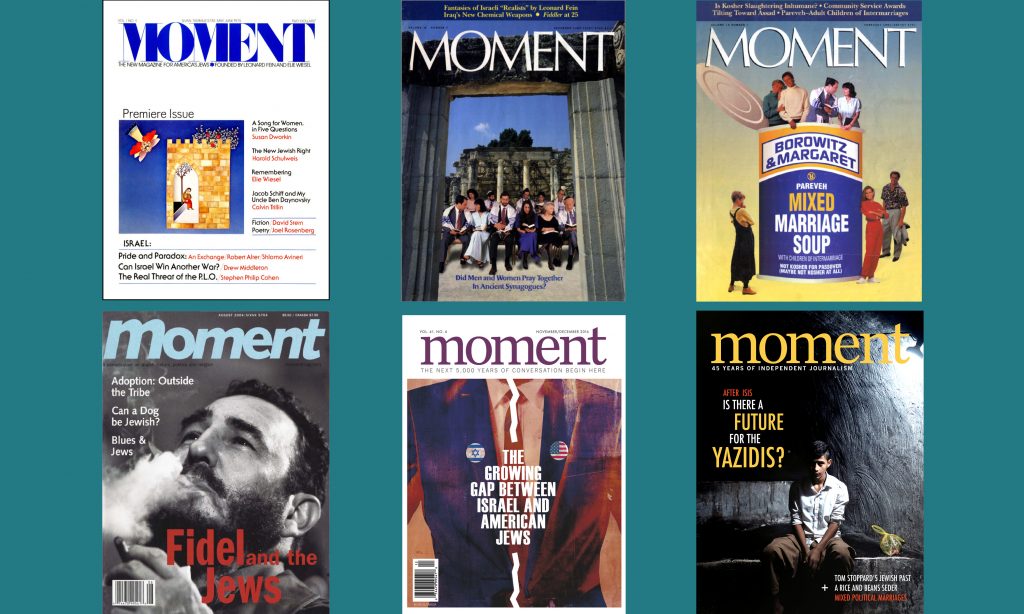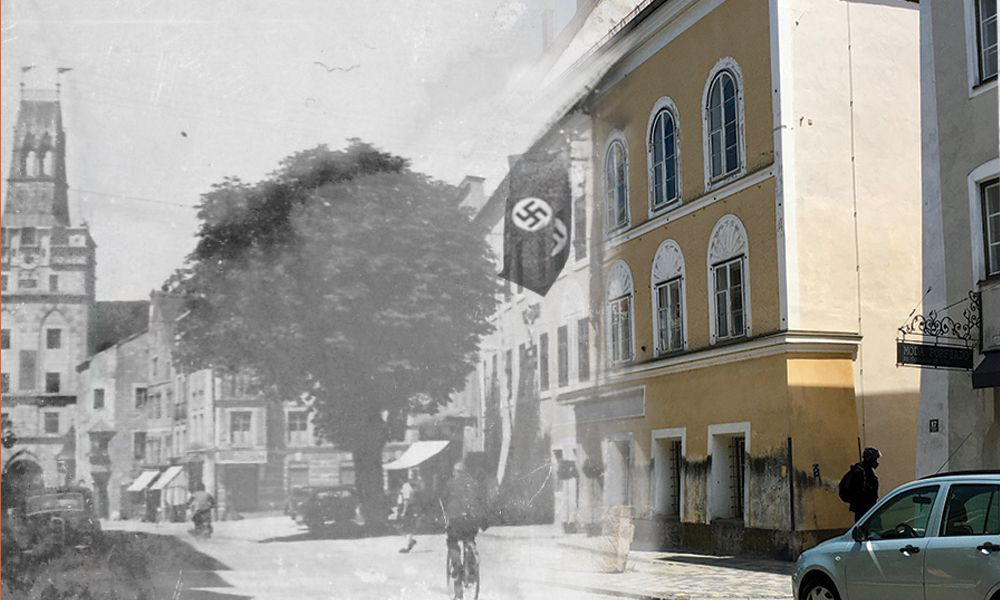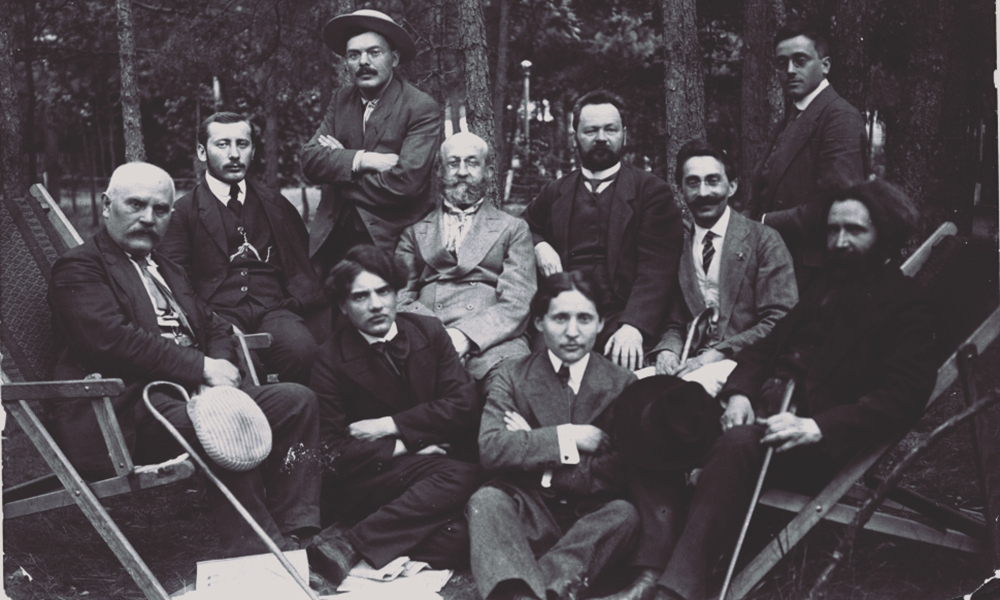Amid the final flurry of World War I commemorations, another historical anniversary is passing almost unnoticed: the quadricentennial of the Thirty Years’ War, which engulfed the German lands between 1618 and 1648. Three decades of brutal conflict brought the Holy Roman Empire to its knees and left at least eight million dead—half the death toll of World War I, in a continent that had less than a quarter of early 20th-century Europe’s population. The legacy of this half-forgotten conflict is an important one for those who care about religious freedom and religious pluralism today.
The Thirty Years’ War began with the unraveling of a narrow and problematic compromise. The 16th-century Reformation had split Europe’s monolithic Catholic identity wide open. The Peace of Augsburg (1555), the Holy Roman Empire’s first attempt at working out the political consequences of the Protestant Reformation, had recognized and legalized Lutheranism, but on rigidly authoritarian terms: Each constituent state of the Holy Roman Empire was to have only a single Christian faith, that of the man who ruled it. Lutherans stuck in Catholic territory and Catholics stuck in Lutheran territory were given a grace period to leave. In effect, religious freedom meant the freedom to become a refugee.
Fortunately, this vision of religious freedom did not endure. The varieties of Christian belief continued to multiply, and Protestant victories in Western Europe, such as the Dutch Republic’s shaking off the Spanish Habsburgs’ attempt to introduce the Inquisition to the Netherlands, emboldened Protestants in the east. Bohemians rebelled against the Austrian Habsburgs’ attempt to impose a Catholic identity upon them. The outbreak of hostilities in Bohemia unleashed a staggering amount of war lust, ambition and venality on the part of now-forgotten potentates from many corners of Europe, and the ensuing decades vanished in a maelstrom of violence, atrocities, famine, mass expulsions and economic crisis. Some regions lost half their population. But when the Thirty Years’ War finally ended, tired combatants hashed out a new compromise, the 1648 Peace of Westphalia, that guaranteed Christians stuck under the rule of a prince of a different faith the right to worship as they wished and to educate their children in their own faith.
The 16th- and 17th-century European Wars of Religion were wars between Protestants and Catholics, so their successes or failures in securing freedom of religion did not have direct consequences for European Jews. For centuries, Jews had lived in some German principalities but not in others, at the will of individual princes and under their personal protection—a little apart from the mainstream, a little outside the regular law. The Kingdom of Poland-Lithuania, the gold standard of liberalism in its medieval heyday, treated Jews as a distinct fifth estate, alongside the four Catholic estates of clergy, aristocrats, townsfolk and peasants. Similarly, the Ottomans’ tolerance of Jews and Christians as fellow People of the Book rested on the understanding that Jews and Christians would live in separate, self-governing communities within the Ottoman Empire.
The Thirty Years’ War was nonetheless a turning point because the conflict and the ensuing Peace of Westphalia overturned the conventional wisdom that each state must have a single religious identity. Even before 1618, there had been tentative advances in this direction: The Dutch Republic, in throwing off Spanish rule, embraced a new philosophy of live-and-let-live and welcomed Jewish refugees from Iberia; Henri IV of France, even as he decided for himself that “Paris is worth a mass,” proclaimed toleration of Protestants in the rest of the country in an effort to end France’s own lengthy Wars of Religion. But it was the Thirty Years’ War that became Europe’s decisive lesson that a government’s imposition of one religion brought war, whereas religious pluralism could bring peace.
Sadly, the idea of religious pluralism seems not to come easily to human beings. It took millennia for us to learn to see religious belief as a matter of individual identity and conscience, and not as something to be commanded by the state. Even when change began to come, it came piecemeal and slowly; from the Thirty Years’ War to the legal emancipation of Jews in France (1791) was nearly two centuries, and Jews would have to wait until the 19th or even the 20th century to obtain equal rights in most other countries. Only for a century or so has commitment to freedom of religion been a common, widespread human value. And that is all the more reason why we should not allow this anniversary to slip by unnoticed.













